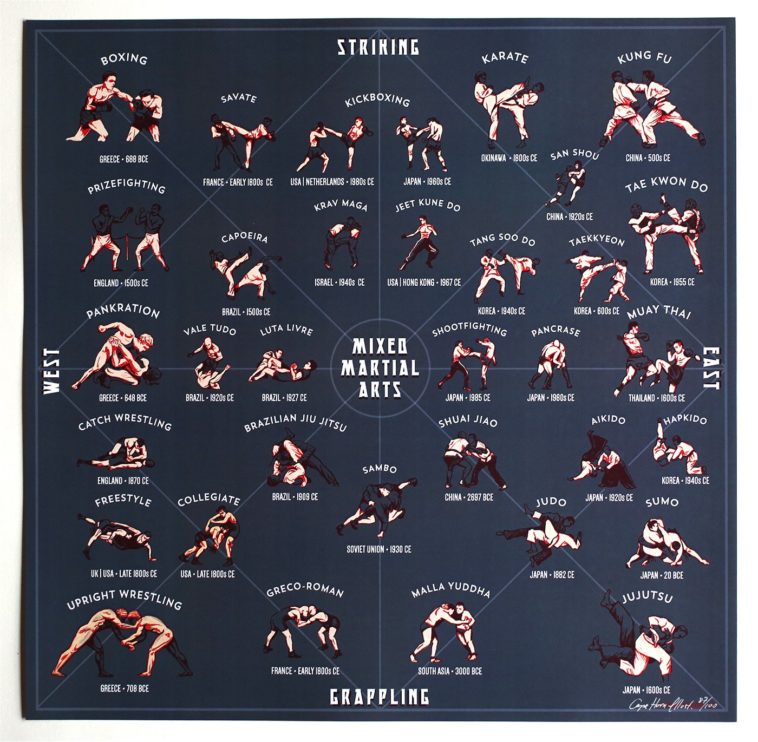Breaking Down Belt Degrees In Taekwondo: What You Need To Know
Breaking Down Belt Degrees In Taekwondo: What You Need To Know
Blog Article
https://martial-arts-history-for22210.blogdanica.com/33196027/basic-taekwondo-moves-for-beginners -Reynolds Pickett
Did you recognize that there are a total of 10 belt degrees in Taekwondo? From the novice's white belt to the distinguished black belt, each level represents a milestone in your trip to mastery.
Yet what do these belt levels really imply? Just how do you progress through them?
In this discussion, we will certainly break down the belt levels in Taekwondo, explore their importance, and uncover what it requires to rise through the rankings.
So, if you wonder to recognize the intricacies of Taekwondo's belt system and what it indicates for your training, stay tuned.
The Purpose of Belt Degrees
The function of belt degrees in Taekwondo is to give a clear and structured development system for you to track your advancement and skill level. As you begin your Taekwondo journey, you begin with a white belt, signifying your newbie status. With each belt promotion, you acquire brand-new knowledge, techniques, and duties.
The belt levels work as landmarks, mirroring your devotion, dedication, and development in the martial art. They provide a feeling of success and motivation to maintain pushing on your own to improve. Furthermore, https://jaidenxgpwf.newsbloger.com/33856671/recognizing-the-various-belt-degrees-in-taekwondo-important-info-to-remember aid instructors and peers evaluate your capabilities and give appropriate assistance and training.
Belt Color Styles and Their Meanings
As you proceed via the belt degrees in Taekwondo, each color represents a specific definition and indicates your growth in the fighting style.
you can try here , which is the starting point for all novices, signifies pureness and innocence.
As you carry on to the yellow belt, it indicates the planet from which a plant sprouts and takes root.
The green belt represents development and the development of your skills.
The blue belt signifies the skies, where your potential as a Taekwondo specialist is infinite.
martial arts belfast represents threat and care, advising you to use your skills responsibly.
Finally, the black belt represents proficiency and expertise, symbolizing your trip in the direction of ending up being a true Taekwondo master.
Each belt color holds its very own unique definition, mirroring your progress and devotion in this ancient martial art.
Advancing With the Belt Degrees
To advance through the belt degrees in Taekwondo, you need to consistently show your skills and commitment. Here's what you need to learn about progressing in this fighting style:
1. ** Method Makes Perfect **: Routine training sessions are important to boost your method and master the required types. Repeating sharpens your skills, enabling you to perform with precision and rate.
2. ** Pressing Your Limits **: Progressing via the belt levels calls for pressing on your own past your convenience zone. You'll be tested literally and psychologically, however it's with these obstacles that you grow and enhance.
3. ** Checking Your Knowledge **: Belt tests examine your understanding of Taekwondo concepts, including sparring, self-defense, and breaking techniques. These examinations guarantee you have a comprehensive understanding of the art and are ready to proceed to the following level.
Final thought
As you embark on your trip through the belt levels in Taekwondo, keep in mind that each shade holds a deeper significance beyond its surface look.
Much like the vivid tones of the belts, your progress stands for development, discipline, and determination.
As you advance, each belt ends up being a symbol of your dedication and proficiency of the art.
Embrace the challenge, press your limits, and allow the symbolism of your belt levels motivate you to come to be the very best variation of on your own both on and off the floor covering.
